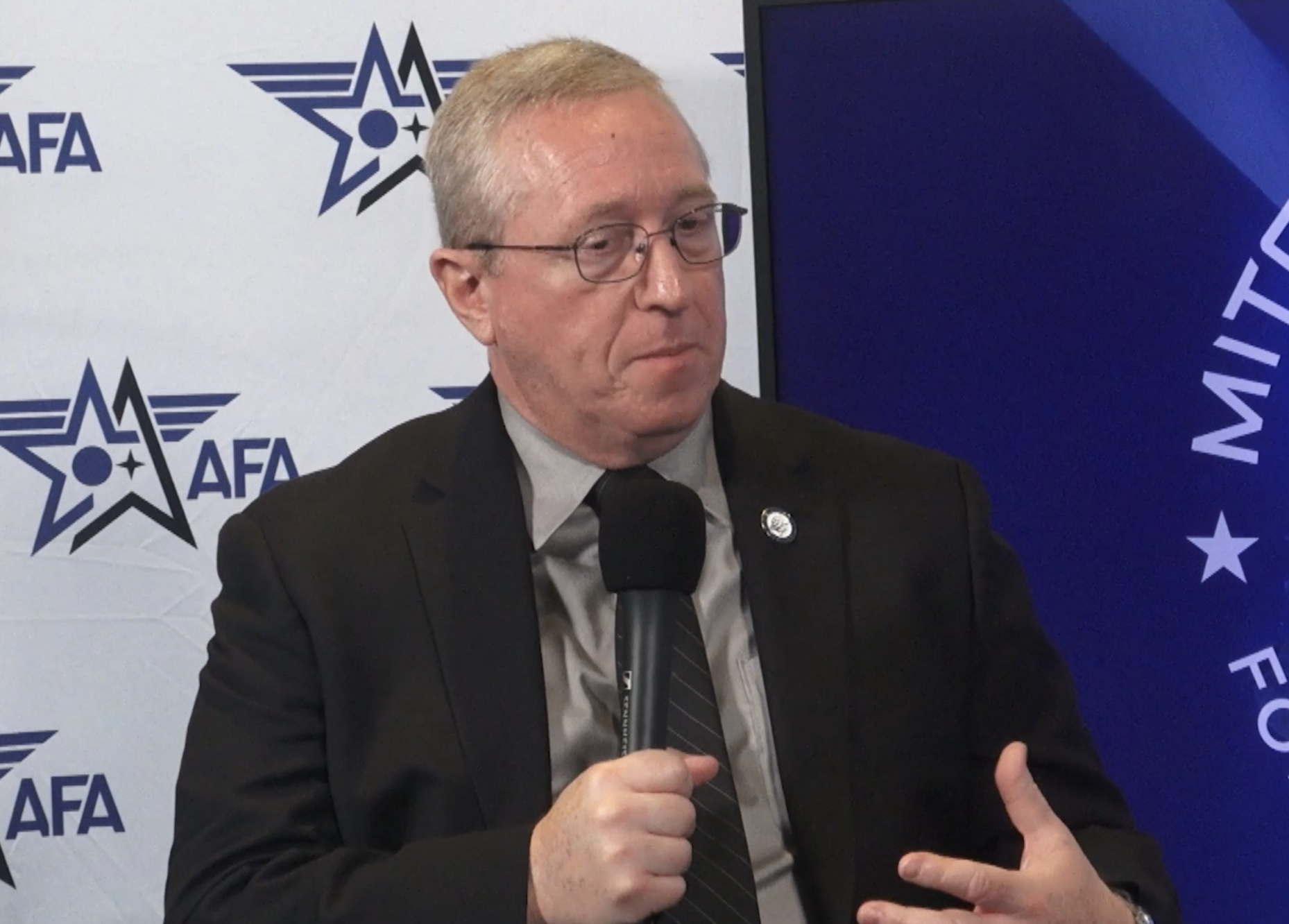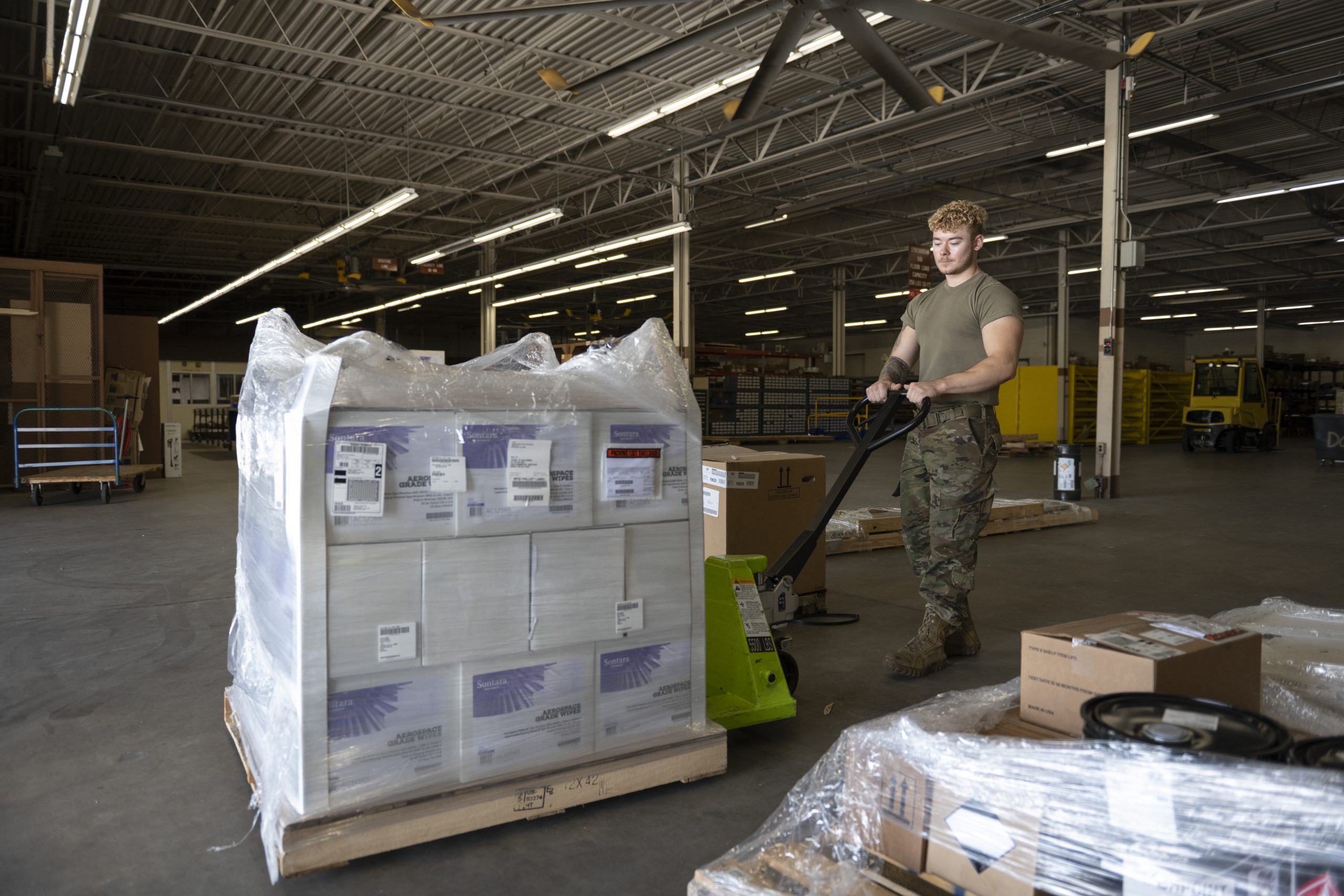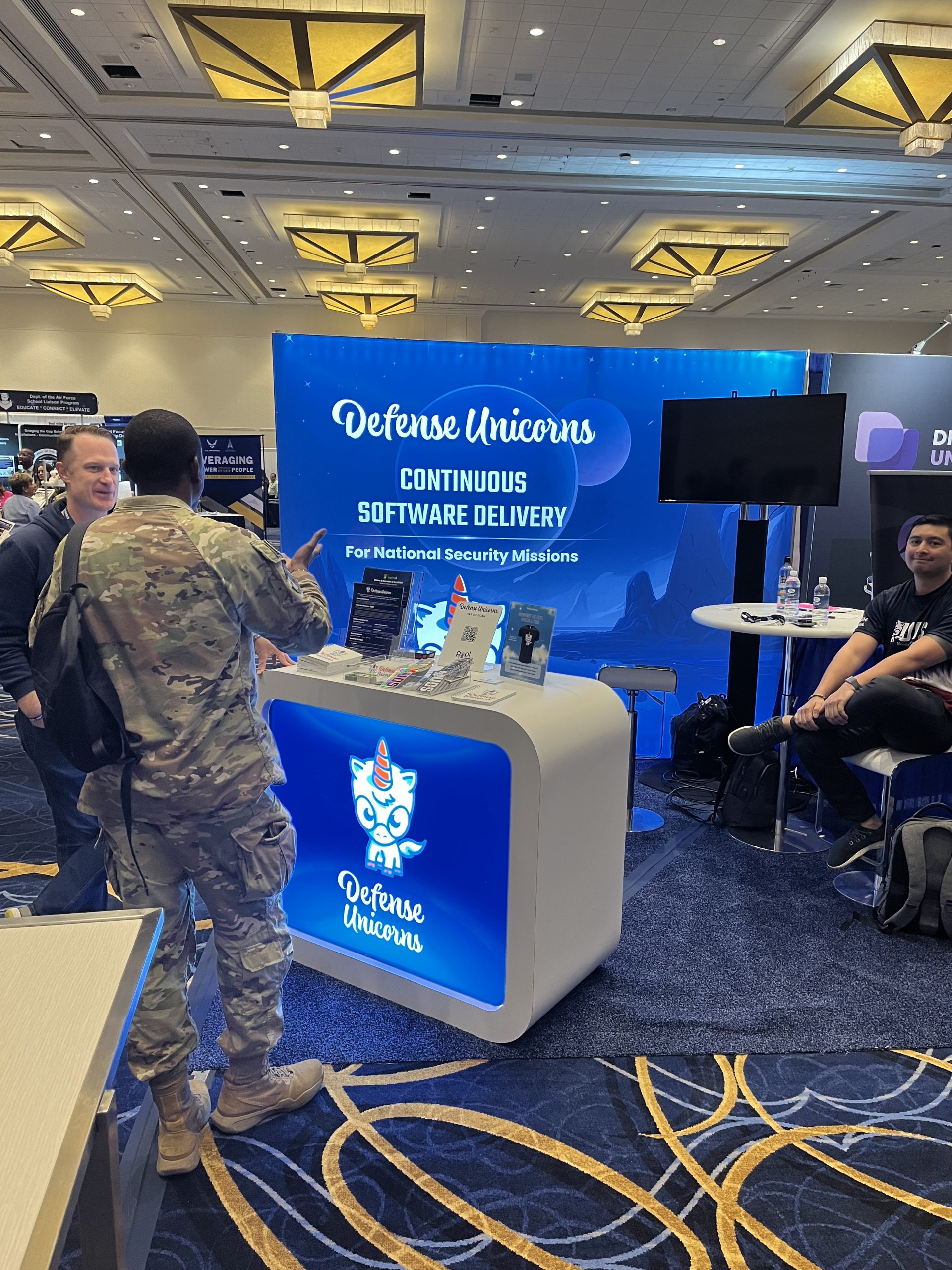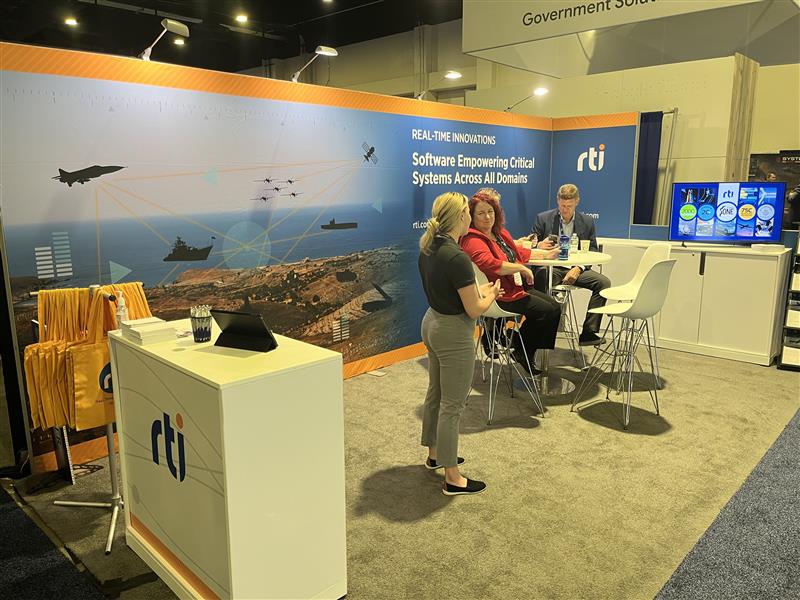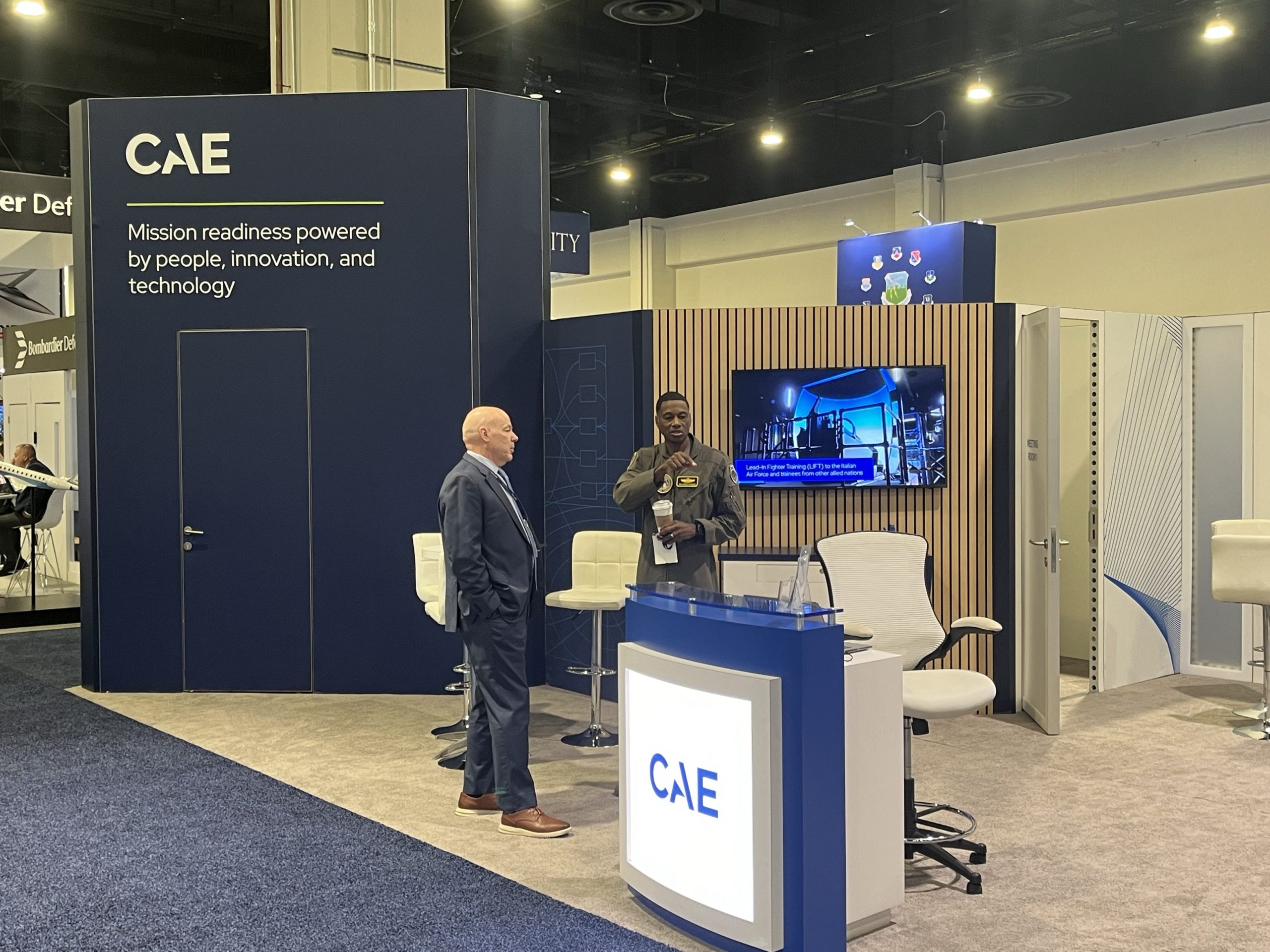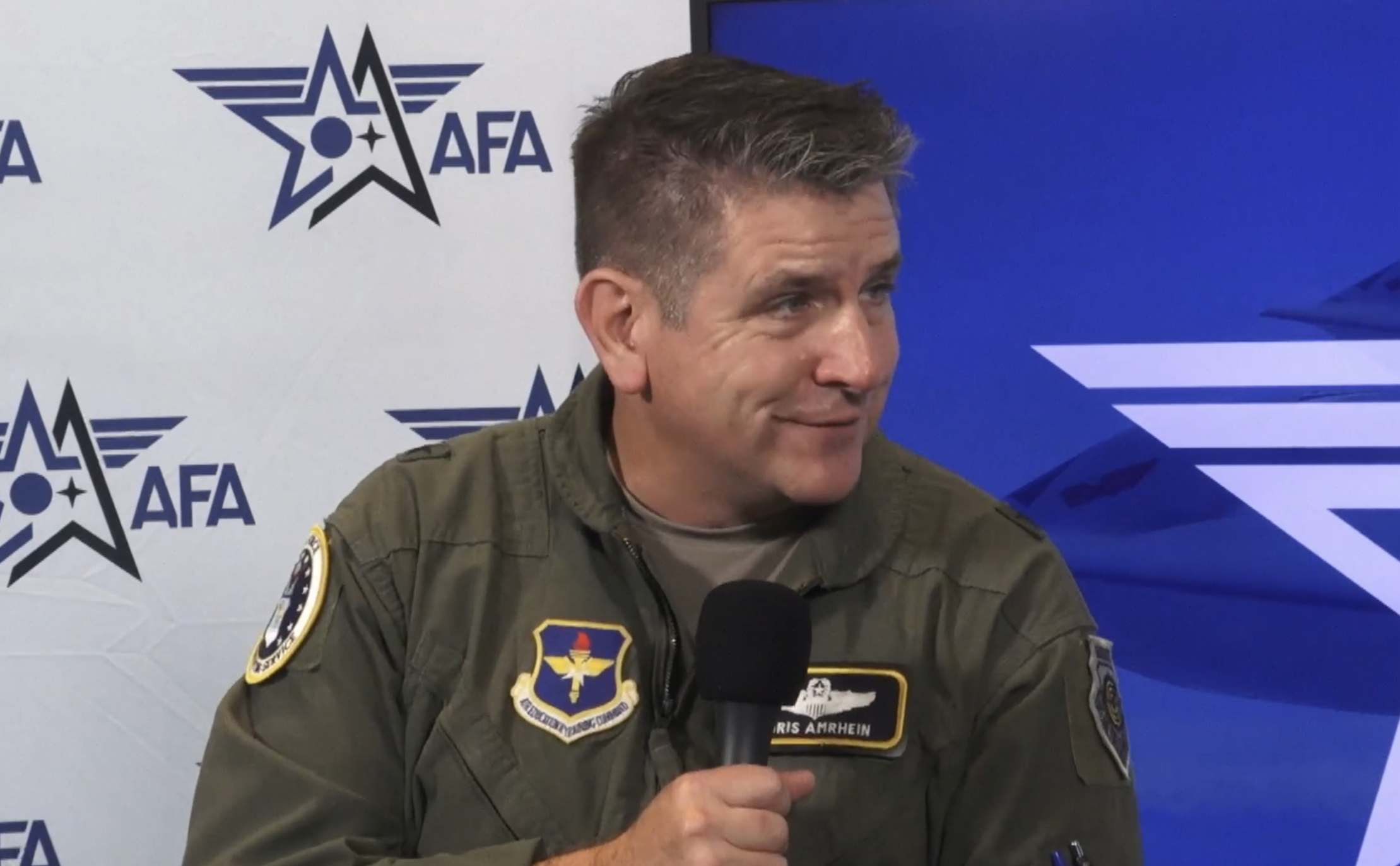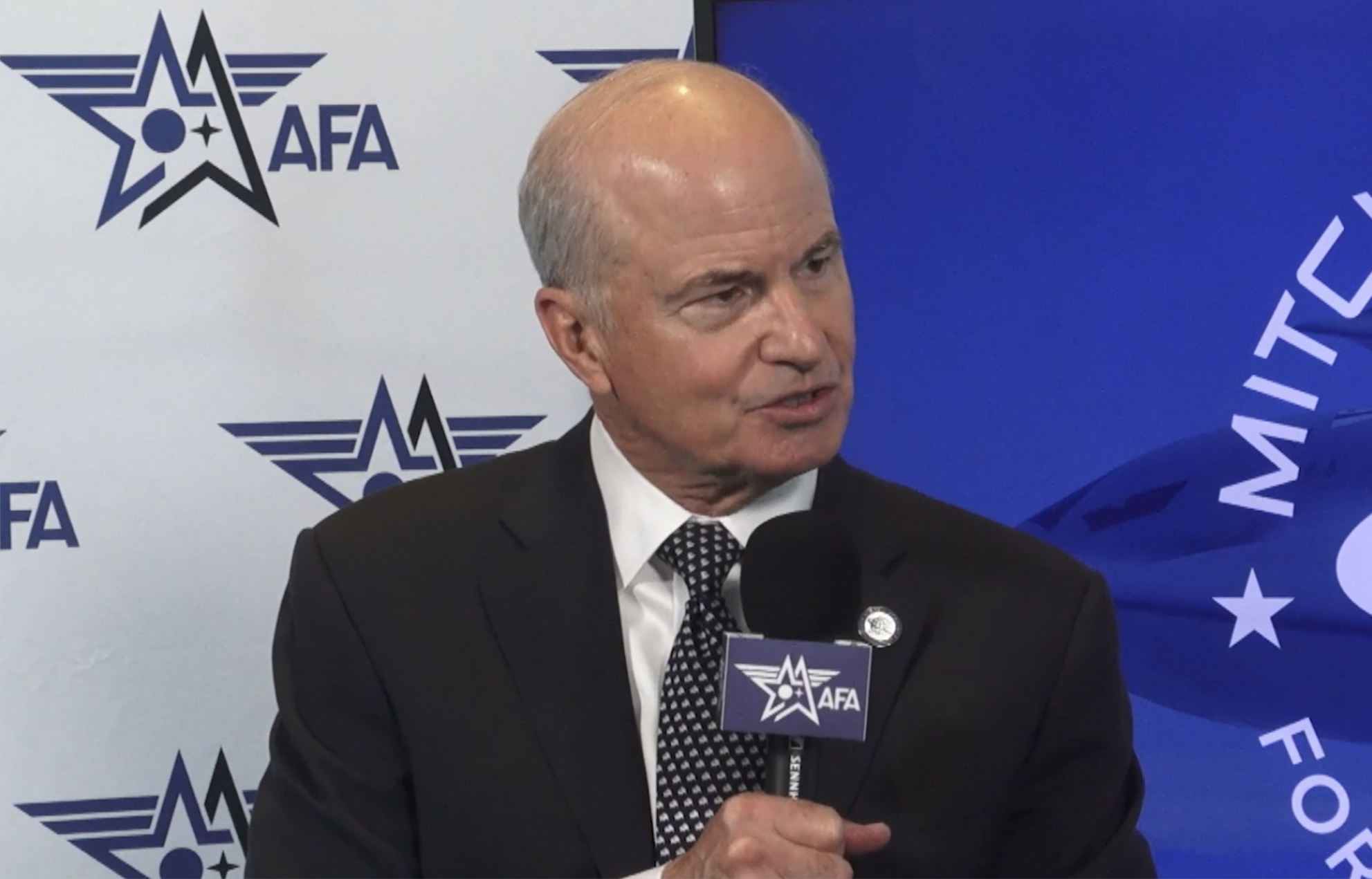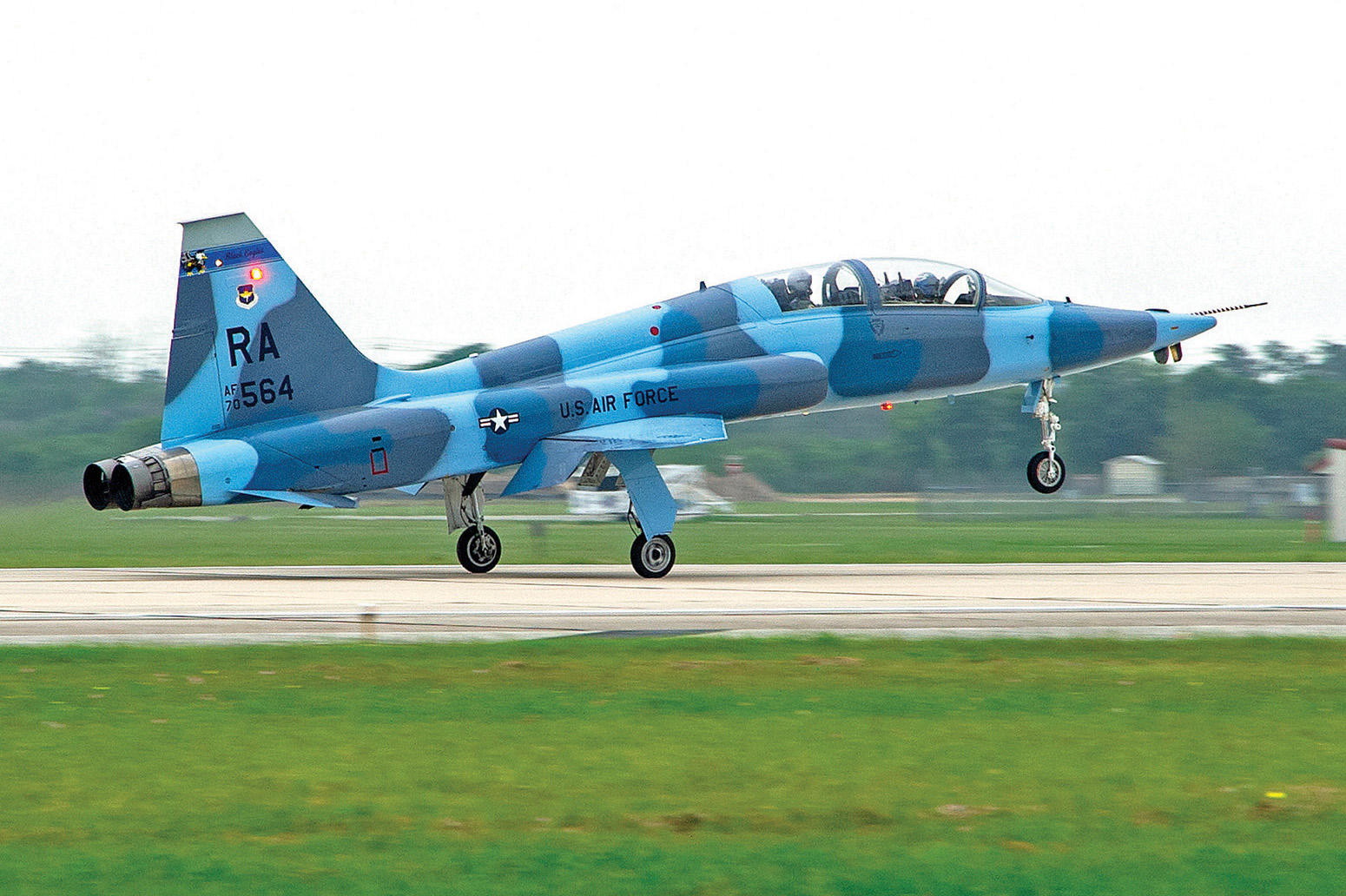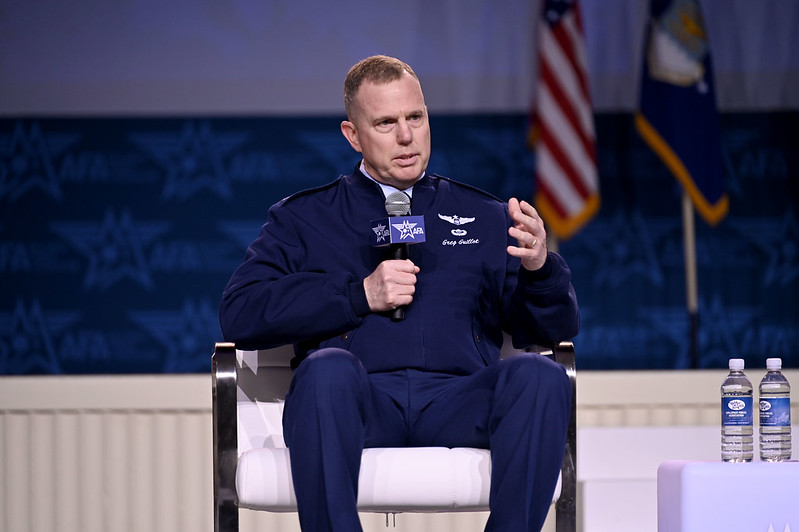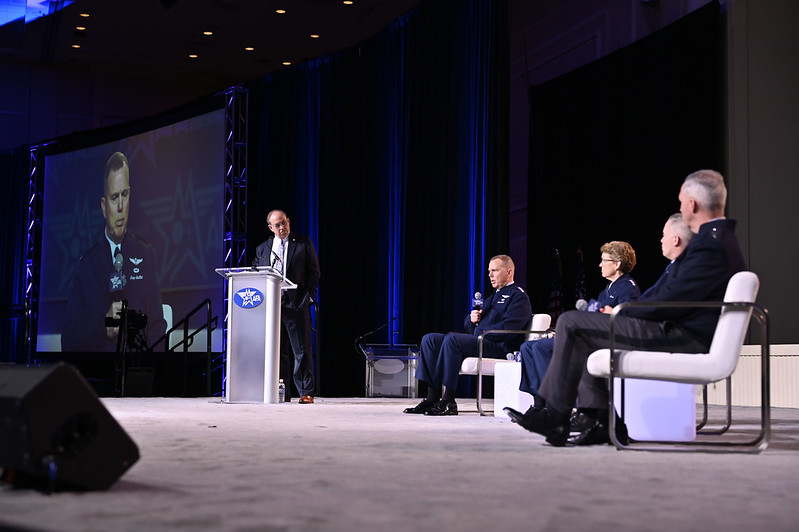As the Space Force approaches its 5th birthday in September, Gen. B. Chance Saltzman is shifting his talking points from why the Space Force is necessary and needed, to how to transform the service into the powerhouse he wants it to be. That means talking about building up manpower, adding substantial resources, and building the bridges into allies, partners, and the Pentagon’s combatant commands that will help ensure space capabilities get to the people who need it, when they need it now and in the future.
Charles Galbreath spoke with Air & Space Forces Magazine’s Editor in Chief, Tobias Naegele, at AFA’s 2024 Air, Space & Cyber Conference in National Harbor, Md.
